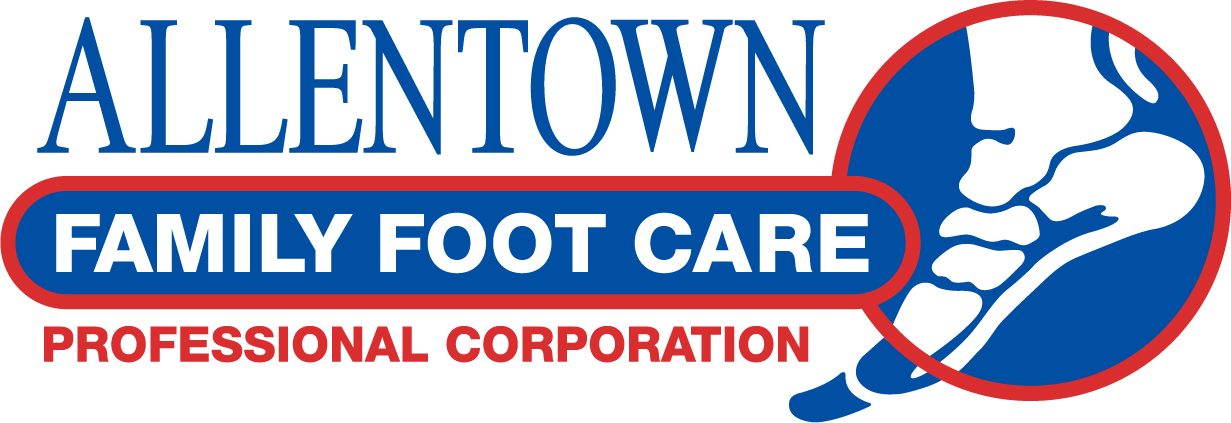During the colder months our toes are hidden in thick socks and stuffed into warm boots. As swimsuit season approaches with the promises of lemonade, sunscreen and sandals, our toes will again greet the sun and be seen by strangers. But before some of us swab on polish, we should survey our nails as they provide insight into our overall health. Unlike our hair, our nails grow in a continuous fashion. Curiously, our fingernails at a rate of 3 mm/month grow more quickly then our toenails, which grow at about 1mm/month. Like our hair our nails are made up of the protein keratin and lack sensation past the growth centers.
The matrix, the source of growth for the nail, is located underneath the skin past the eponychium (the cuticle). Injury to the matrix can lead to damage appearance in the nail or permanent loss. A delicate white half-circle at the edge of the nail is the visible matrix known as the lunula or the “the moon”. The nail plate, the hard structure to which we cut or apply nail polish, rests upon and protects the nail bed, a relatively thin piece of skin richly supplied by blood and nerves. Healthy nails are smooth, lacking pits, grooves or furrows. The shape of the nail plate should be of even thickness and display a uniform color. It is time to see your podiatrist if your toenails display changes in color, shape and thickness or display lifting, bleed or are painful. It is important to keep our nails and skin healthy as they from a barrier to potential sources of infection.
Like the rest of our bodies there are means to which we can keep our nails healthy are discussed below.
1. Apply moisturizer: Lotion should be applied post bathing after lightly toweling, make sure to dry well between your toes. Apply lotion to your feet; avoid the spaces between your toes. Donning white socks post application can help to lock in moisture.
2. Regularly clean, trim and file your nails: Cut your nails straight across. When you file your nails avoid back and forward motions, follow the natural curve of the nail. Your podiatrist can show you how to properly cut your nails or keep them trim for you. If you are diabetic, unable to feel your feet or suffer from difficulties with vision please make your podiatrist responsible for your nail care.
3. Keep your cuticles: Do not cut nor push back your cuticles, as the thin strip of skin creates an important barrier against infection.
4. Avoid bathroom surgery: Your podiatrist should address ingrown nails, or loose nails.
5. Nail polish: Actually, nail polish helps to protect your nails by locking in moisture. However, a weekly color change can be damaging. Avoid acetone based nail polish removers. If your nails remain red after removing color polish, rubbing lemon juice can help to remove the tint.
6. Shoe gear: Wear comfortable shoes that do not cramp your toes. Too tight of tootsies can lead to ingrown nails and damage the nails causing bleeding underneath the nail plate known as a subungal hematoma (a blood blister beneath the nail), or changes to the actual appearance of the nail.
7. Pedicures: Caution, caution, caution. Talk to your podiatrist about the safety of a pedicure.
The nails at the tips at our toes can tell us much about the insides of our bodies as they can about our fashion sense. The doctors at Allentown Family Foot Care can answer any questions about the health of your nails.
